Eight-year wait for anti-drone solution as radical ideas take flight
Australian soldiers won’t be protected from killer drones for at least eight years, as Defence looks at using trained eagles to attack unmanned aircraft in mid-flight.
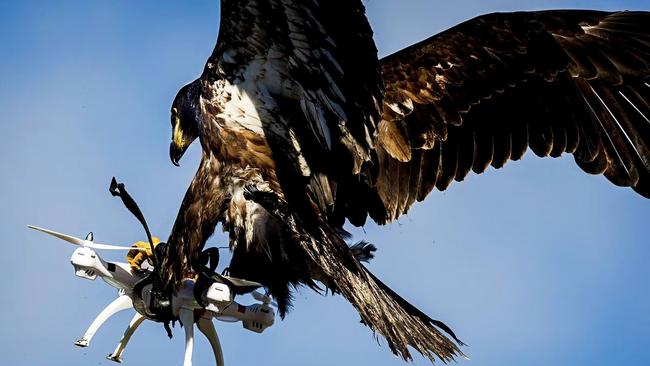
Australian soldiers won’t be protected from killer drones for at least eight years on the army’s current timetable, as Defence takes its time to assess potential options including the use of trained eagles and hawks to attack unmanned aircraft in mid-flight.
An army briefing document obtained by The Australian reveals Defence will spend until the middle of 2028 deciding which counter-drone capabilities are mature enough to be purchased.
Options to be considered in the 4½-year “strategy and concepts” phase include jamming, lasers, microwave pulses, projectiles, birds of prey, and nets that can be fired into the air.
A further 2½ years will be spent on risk mitigation and contracting processes before acquisition is scheduled to commence in late 2030.
The approach outlined in the November 11, 2023, document flies in the face of last year’s Defence Strategic Review, which called for Defence to “abandon its pursuit of the perfect solution … and focus on delivering timely and relevant capability”.
According to the unclassified industry briefing document, the army has begun assessing electromagnetic and “kinetic” technologies such as machine guns and missiles to attack incoming drones. It will examine a range of other options this year including directed energy weapons, birds of prey, and “projected netting” rounds being developed by the Canadian military. It will also look at “passive defence” options including camouflage, decoys and “dummies”.
Other countries have used of birds of prey to attack enemy drones. India revealed just over a year ago it had been training native black kites to prey on Pakistani drones along the countries’ disputed border since 2020. Dutch police also trialled a program in 2015 using eagles trained by a private company to protect airspace over airports and other sensitive areas.
The army document says its project will deliver protection against armed and unarmed drones operating individually and in swarms, and be used to defend troops, vehicles, logistics, airfields, vessels and ports.
The drawn-out process comes despite the success of a number of Australian companies in bringing counter-drone systems to market.
Canberra-based Electro Optic Systems’ Slinger – a radar-guided 30mm canon – is already in service in Ukraine, along with Sydney-based company DroneShield’s electromagnetic drone jammers.
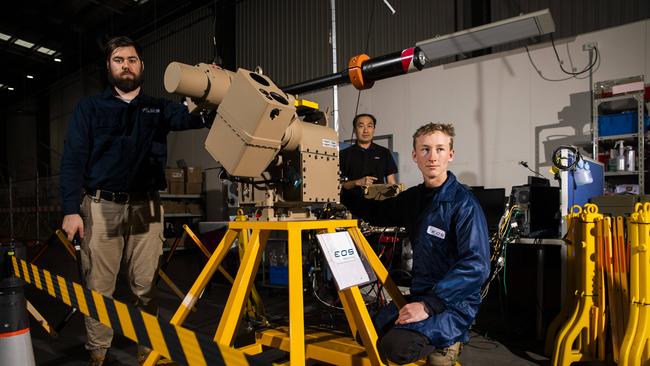
The US is also using a range of technologies including signal disrupters, “spoofers” that manipulate drones’ GPS systems, high-energy lasers and anti-drone guns.
Former Defence official Marcus Hellyer said the ADF was “stuck in a paralysis of indecision” because it feared acquiring something that didn’t meet 100 per cent of its requirements.
“They spend all this time scanning the market, spending little drops of money here and there, doing a little bit of research, which is simply a way of deferring having to make decisions about acquisition,” said the Strategic Analysis Australia research director.
“But of course, the threat is moving just as fast. So by the time you’ve done your strategising and your conceptualising, the world has moved on. The whole thing is kind of ludicrous. The bad guys have been using this stuff for a decade, and we’re still just admiring the problem.”
The army briefing tells potential industry partners that their systems must be low-cost, safe to use, resilient enough for the battlefield, and have a high level of technical readiness.
Despite Defence’s failure so far to select any Australian system on the market, the army briefing note advises firms to “respect the project”, and warns it is “not a BD (business development) contest”.
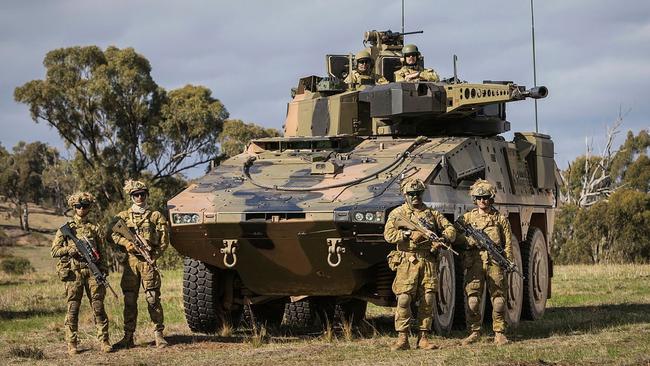
Dr Hellyer said Defence must “start putting money into industry to start making stuff and giving it to your soldiers”.
The Australian revealed this week that the army’s new $13bn armoured vehicle fleet will be vulnerable to killer drones, requiring major upgrades to protect Australian personnel from the growing battlefield threat.
None of the service’s $5bn Boxer combat reconnaissance vehicles, its new $3bn fleet of Abrams tanks, nor its $4.5bn infantry fighting vehicles have been ordered with specialised counter-drone systems.
But one senior army commander said this week: “I am working with industry to develop a counter-UAS capability that I can fit to any land vehicle that has a remote weapons station.”
He said he hoped to conduct trials of that system before the end of this year, but it’s unclear whether the initiative will be funded.
The emergence of the industry briefing document comes as Defence officials work with the government to reprioritise its $270bn integrated investment program ahead of the budget, which is expected to include billions of dollars worth of project cuts to accommodate new capabilities including nuclear submarines, surface ships and expensive guided missiles.
Given the threat posed by unmanned systems, the government may opt to bring ADF drone and counter-drone programs forward.
Anthony Albanese told The Australian earlier this month he would play an active role in fast-tracking new capabilities.
“That’s what the strategic review was about; it identified some of what we need to do,” the Prime Minister said.
“We are dealing with that. There were so many programs over budget and behind time.”
Jim Chalmers confirmed defence spending would be a priority of the budget.
“Defence is one of the five fastest growing areas of government spending but I’m confident we can satisfy our geo-strategic objectives and our fiscal strategy at the same time,” the Treasurer said.
The Defence Strategic Review, released last April, warned that Defence was “no longer fit for purpose”, and called for an overhaul of the way it procured new capabilities.
“Defence must move away from processes based around project management risk rather than strategic risk management. It must be based on minimum viable capability in the shortest possible time,” the review said.




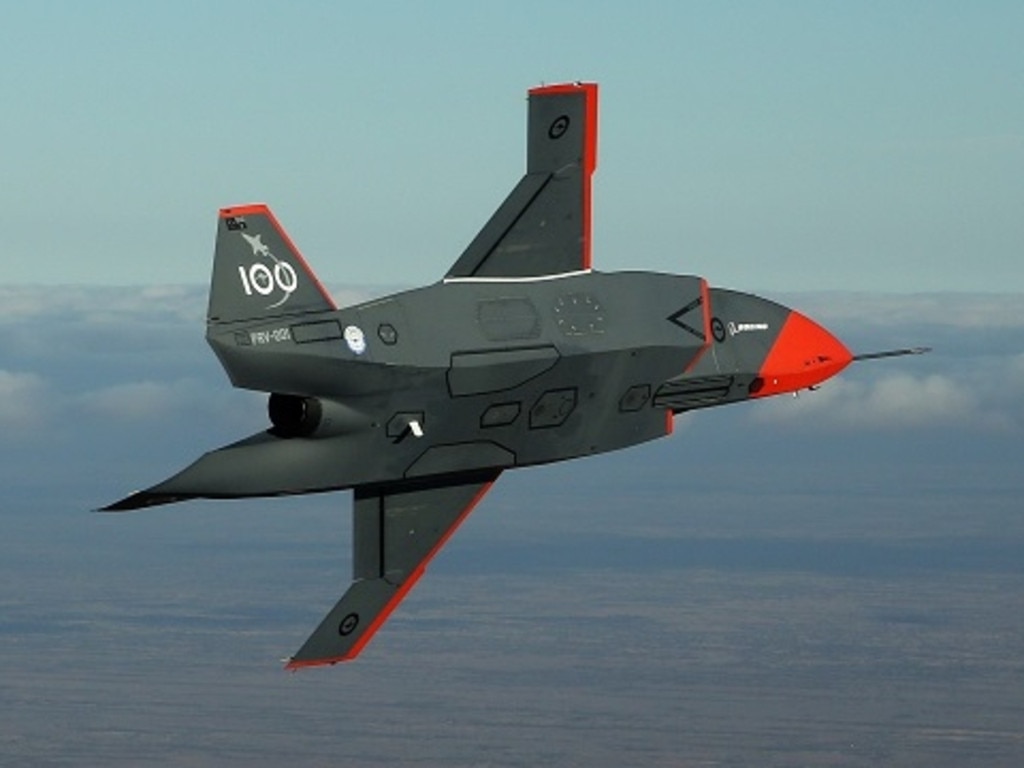
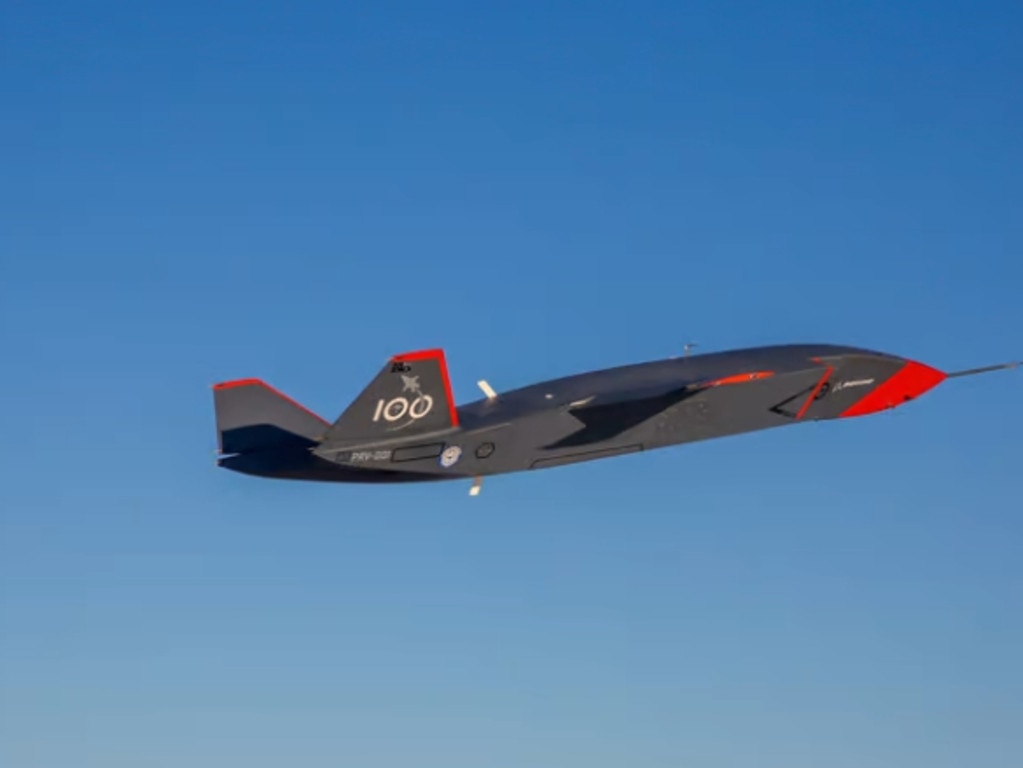


To join the conversation, please log in. Don't have an account? Register
Join the conversation, you are commenting as Logout